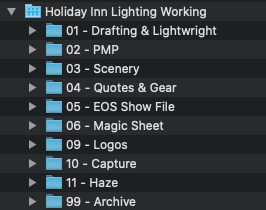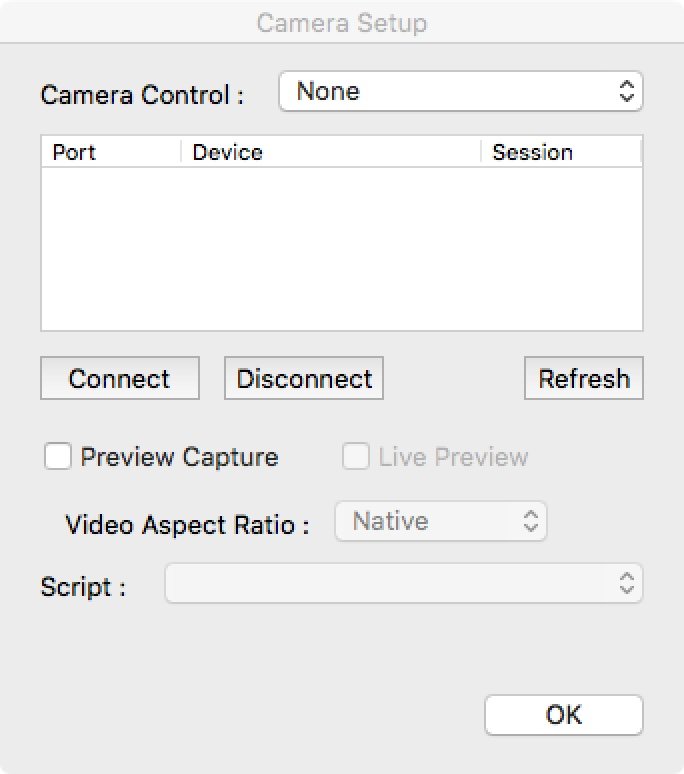

To help the LD communicate the ethereal aspects of lighting he or she may employ renderings, storyboards, photographs, reproductions of artwork or mockups of actual lighting effects to help communicate ideas about how the lighting should look. The LD must take into account the show's mood and the director's vision in creating a lighting design.īecause lighting design is much more abstract than costume or scenic design, it is sometimes difficult for the lighting designer to accurately convey his ideas to the rest of the production team. The LD will also make sure that he or she has an accurate plan of the theatre's lighting positions and a list of their equipment, as well as an accurate copy of the set design, especially the ground plan and section. The LD will also attend several later rehearsals to observe the way the actors are being directed to use the stage area ('blocking') during different scenes, and will receive updates from the stage manager on any changes that occur. The LD will read the script carefully and make notes on changes in place and time between scenes - such changes are often done just with lighting to avoid too many blackouts in one scene - and will have meetings (called Design or Production Meetings) with the Director, Designers, Stage Manager and production manager to discuss ideas for the show and establish budget and scheduling details. At the Off-Broadway, or Off-Off-Broadway level the LD will occasionally be responsible for much of the hands-on technical work (hanging instruments, programming the light board, etc.) that would be the work of the lighting crew in a larger theatre. Smaller theatre companies may have a resident lighting designer responsible for most of the company's productions or rely on a variety of freelance or even volunteer help to light their productions. For a Broadway show, a touring production and most regional and small productions the LD is usually an outside freelance specialist hired early in the production process.
#HOW TO PREVIEW CHANNEL HOOKUP LIGHTWRITE PROFESSIONAL#
The role of the lighting designer varies greatly within professional and amateur theater.


Specify the location of the file that was just created, and click Open. In Lightwright, select File > Import Data. To import Vectorworks data into Lightwright: Prior to import, select Setup > Vocabulary in Lightwright.Įnsure that the Separate accessories from instrument types with field contains a “+” sign. The data exported from the Vectorworks Spotlight program now needs to be imported into Lightwright so that it can be edited. Importing the Vectorworks Data into Lightwright


 0 kommentar(er)
0 kommentar(er)
